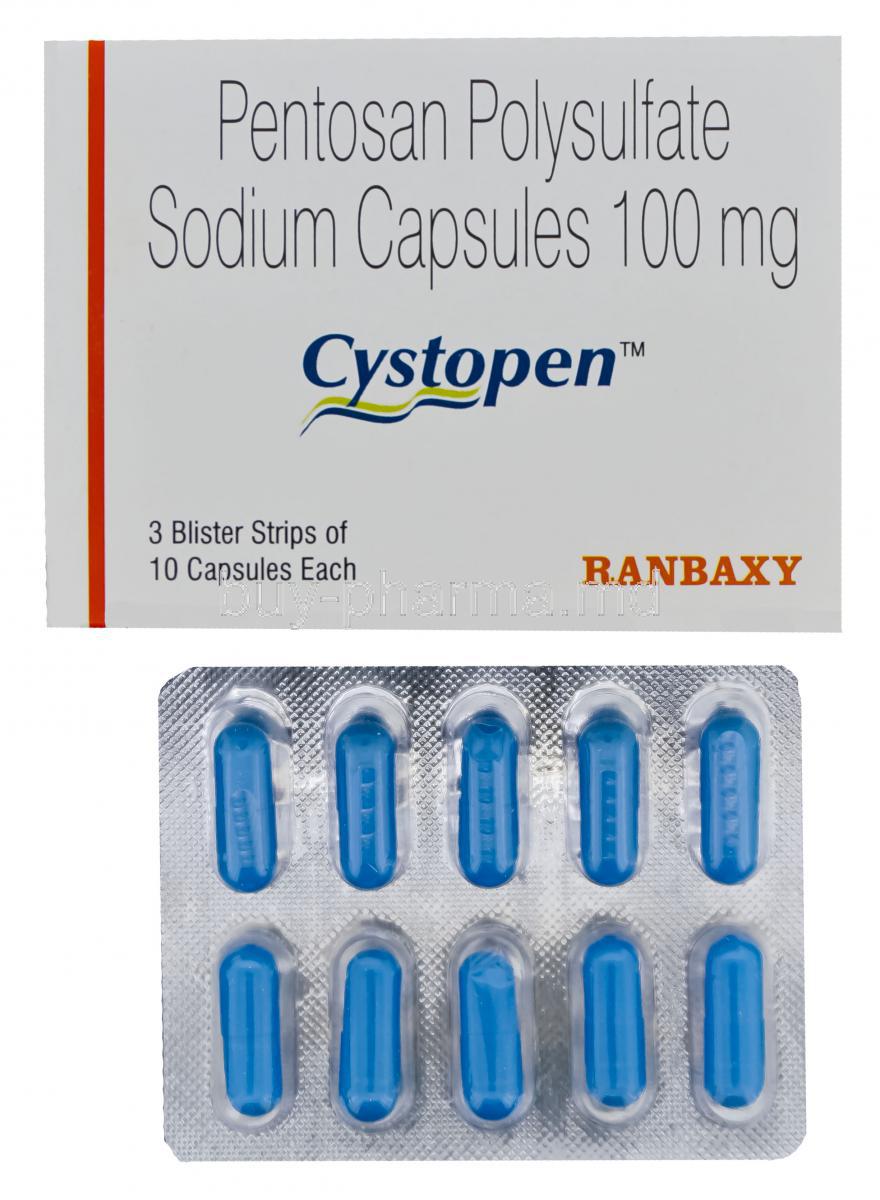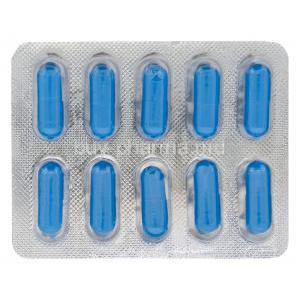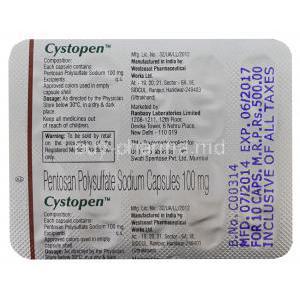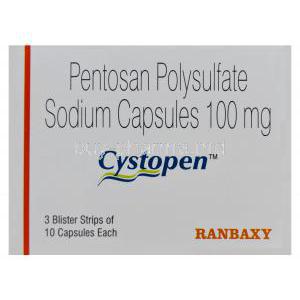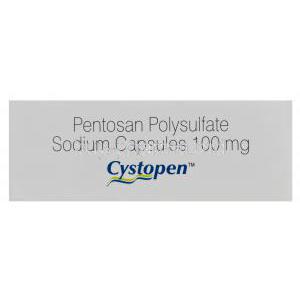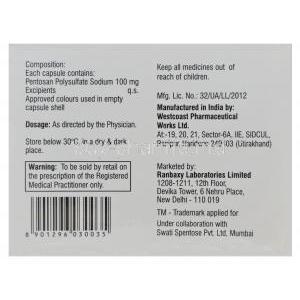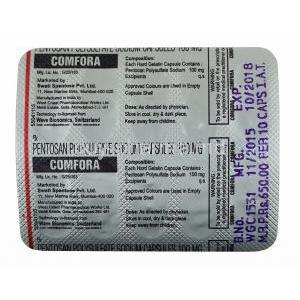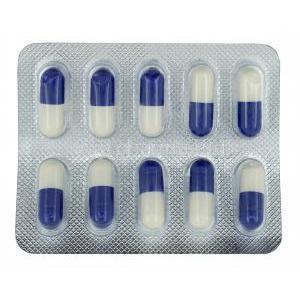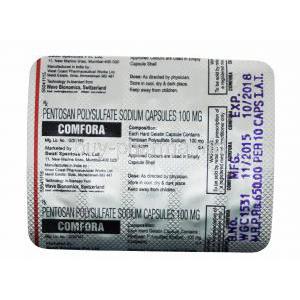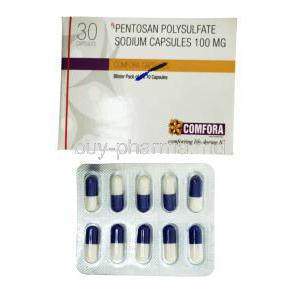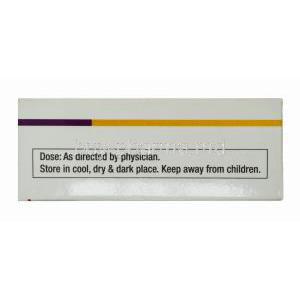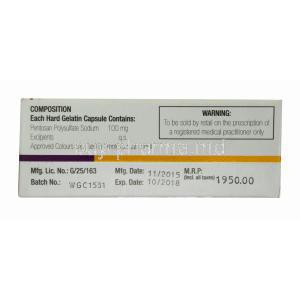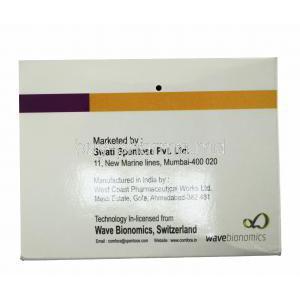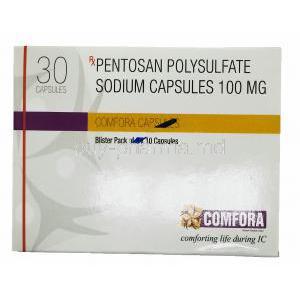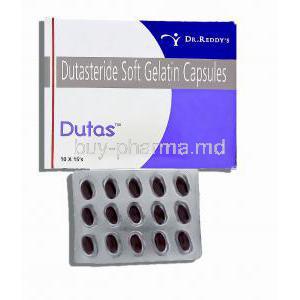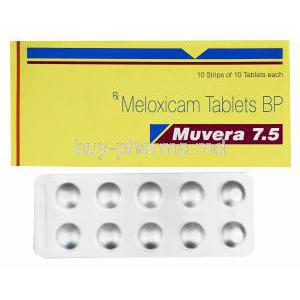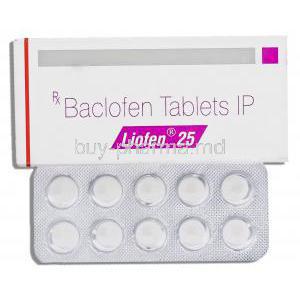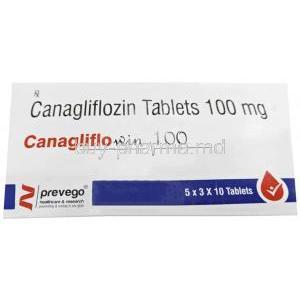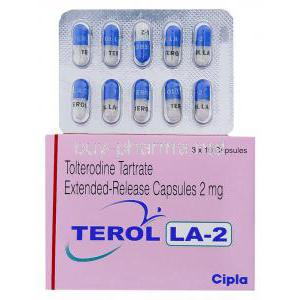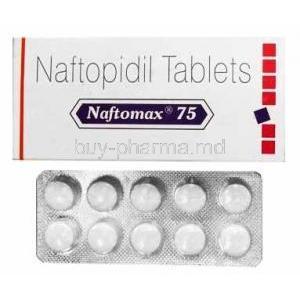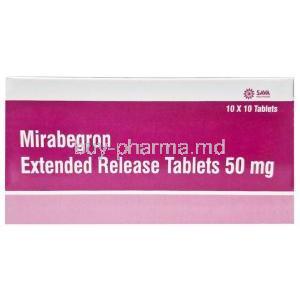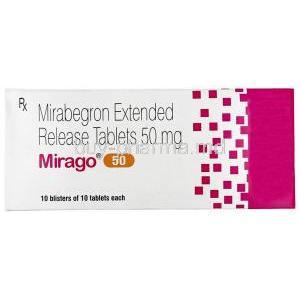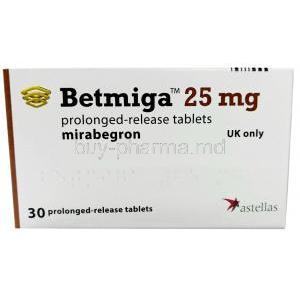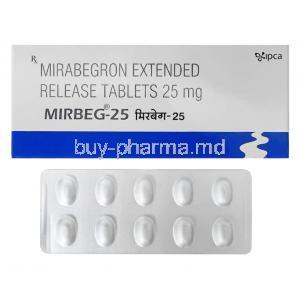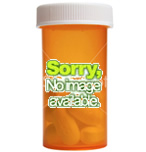Introduction to Pentosan Polysulfate
Overview and Classification: Semi-Synthetic Polysaccharide with Anticoagulant Properties
Pentosan polysulfate is a semi-synthetic, sulfated polysaccharide derivative, classified pharmacologically as a weak anticoagulant. Structurally similar to heparin, it is known for its anti-inflammatory, fibrinolytic, and mucosal protective effects.
Historical Development and Regulatory Approvals
Initially developed in the mid-20th century, pentosan polysulfate received FDA approval in 1996 for the treatment of interstitial cystitis. Since then, its applications and clinical relevance have expanded through off-label exploration and international regulatory endorsements.
Available Formulations: Oral Capsules, Injectable Solutions
Pentosan polysulfate is commercially available in oral capsule form for systemic use, while injectable forms are utilized in investigational or veterinary contexts. The oral formulation is the primary option for human therapeutic use.
Brand Names and International Availability
Marketed under various names such as Elmiron in the United States and SP54 in Europe, the drug is distributed globally. Availability may vary by regulatory approval status in each country.
Medical and Off-Label Uses of Pentosan Polysulfate
2.1 Approved Medical Uses
- Pentosan polysulfate for interstitial cystitis: Pentosan polysulfate is the only oral therapy approved specifically for IC/BPS. It helps reduce bladder wall irritation, burning, and urinary urgency.
- Mechanism of Relief: The drug binds to the bladder mucosa, restoring the glycosaminoglycan layer and reducing permeability to irritants in the urine.
2.2 Investigational and Off-Label Uses
- Pentosan polysulfate arthritis and Joint Pain: Used off-label as a disease-modifying osteoarthritis drug (DMOAD), especially in veterinary orthopedics and investigational human trials.
- Thrombotic Disorders: Due to its heparin-like properties, it is explored for prevention of deep vein thrombosis and related coagulopathies.
- Mucopolysaccharidoses: Studied for lysosomal storage disorders due to its anti-inflammatory and structural modulating effects.
- Radiation Cystitis and Uropathies: Investigational use includes restoring bladder lining in patients with radiation-induced cystitis.
Mechanism of Action: How Pentosan Polysulfate Works
- GAG Layer Restoration: Replaces or reinforces the damaged glycosaminoglycan layer in the bladder epithelium, enhancing mucosal protection.
- Pentosan polysulfate sodium anti-inflammatory: Inhibits cytokine activity, reducing chronic inflammation in bladder and joint tissues.
- Fibrinolytic and Antithrombotic Action: Mildly interferes with clot formation and platelet aggregation.
- Chondroprotective Effect: Protects cartilage matrix and slows degradation in osteoarthritic joints.
Dosage and Administration Guidelines
4.1 Pentosan Polysulfate Sodium Dose
- Typical dose: 100 mg orally three times daily.
- Should be taken 1 hour before or 2 hours after meals for optimal absorption.
- Onset of symptomatic relief may take 3 to 6 months.
4.2 Dosage Adjustments for Off-Label Use
- Dosing for osteoarthritis and MPS is not standardized and should be tailored per investigational protocol or clinical supervision.
- Long-term use requires periodic monitoring to avoid cumulative toxicity.
4.3 Missed Dose and Overdose Management
- Missed doses should be taken as soon as remembered unless close to the next dose.
- Symptoms of overdose may include increased bleeding or bruising; supportive management and coagulation monitoring are recommended.
Composition and Pharmaceutical Characteristics
- Active Ingredient: Pentosan polysulfate sodium
- Excipients: May include gelatin, titanium dioxide, and magnesium stearate
- Available Packaging: Commonly available in 100 mg capsules in bottles or blister packs
Storage and Handling Instructions
- Store at 20°C to 25°C (68°F to 77°F); excursions permitted between 15°C and 30°C.
- Protect from moisture and direct sunlight.
- Keep out of reach of children. Use gloves when handling injectable forms.
- Observe expiration dates to maintain drug efficacy.
Potential Drug Interactions and Cross-Reactivity
- With Anticoagulants: May increase the risk of bleeding when combined with warfarin, heparin, or direct oral anticoagulants.
- With NSAIDs: Co-administration may exacerbate gastrointestinal or mucosal bleeding.
- Laboratory Interference: Can alter aPTT and other clotting times during blood tests.
- No CYP450 Involvement: Minimizes interaction potential with liver-metabolized drugs.
Pentosan Polysulfate Sodium Side Effects
8.1 Common Adverse Reactions
- Nausea and diarrhea, typically transient and dose-related
- Abdominal pain and dyspepsia
- Headache, dizziness, and mild fatigue
- Skin rash and hair thinning (alopecia) in long-term users
8.2 Serious or Rare Adverse Effects
- Retinal Pigmentary Maculopathy: Vision changes, difficulty reading or adapting to low light
- Bleeding Risk: Epistaxis, hematomas, or prolonged bleeding after cuts or surgeries
- Liver Effects: Elevated liver enzymes in some patients; requires monitoring
- Allergic Reactions: Rare cases of urticaria, angioedema, or anaphylaxis
Warnings, Precautions, and Risk Mitigation
9.1 Black Box or FDA Safety Alerts
- The FDA has issued a warning regarding possible maculopathy with long-term use of pentosan polysulfate.
- Patients experiencing visual disturbances should discontinue the drug and undergo ophthalmologic evaluation.
9.2 Special Monitoring for Long-Term Use
- Annual dilated retinal exams are strongly recommended for patients on long-term therapy.
- Periodic blood tests for liver function (ALT, AST) and complete blood count (CBC) are advised.
Contraindications and When Not to Use
Pentosan polysulfate should not be administered in specific clinical scenarios where potential harm outweighs therapeutic benefits.
- Known Hypersensitivity: Patients with a documented allergy to pentosan polysulfate sodium or structurally similar compounds should avoid its use due to the risk of severe hypersensitivity reactions, including anaphylaxis.
- Active Bleeding Disorders: The drug’s weak anticoagulant properties can exacerbate conditions like hemophilia, thrombocytopenia, or ongoing internal bleeding. It is contraindicated in individuals with a history of hemorrhagic stroke.
- Severe Hepatic or Renal Impairment: Patients with compromised liver or kidney function may experience drug accumulation or altered metabolism, leading to toxicity or adverse effects.
- Pregnancy Unless Clearly Needed: The safety profile in pregnancy is not well established. Use should be reserved for cases where maternal benefit justifies potential fetal risk.
Careful Administration Considerations
In certain patient populations, pentosan polysulfate requires close monitoring and individualized assessment.
- Coagulopathy or Concurrent Anticoagulant Use: Co-administration with warfarin, heparin, or direct oral anticoagulants can significantly increase bleeding risk. Regular monitoring of coagulation parameters is essential.
- Ocular Disease History: Long-term therapy has been associated with pigmentary maculopathy. Patients with existing retinal disorders should undergo regular ophthalmologic evaluations.
- Gastrointestinal Ulceration or Recent Surgery: Pentosan polysulfate may impair mucosal healing and increase the likelihood of gastrointestinal bleeding. Caution is advised in postoperative patients or those with active peptic ulcers.
Administration in Elderly Patients
Geriatric populations are particularly susceptible to drug-related complications due to age-related physiological changes.
- Pharmacokinetic Variations: Reduced renal and hepatic clearance in the elderly may lead to increased plasma concentrations and prolonged drug half-life.
- Bleeding Risk: Age-associated vascular fragility and concurrent use of other medications (e.g., antiplatelets) may heighten hemorrhagic risk.
- Dosing Adjustments: In the presence of multiple comorbidities or polypharmacy, dosage modifications and frequent clinical assessments are recommended.
Use During Pregnancy and Lactation
13.1 Pregnancy Considerations
- Animal Studies and Human Data: While animal studies have not demonstrated teratogenicity, controlled human trials are lacking. The drug falls under a precautionary use category during pregnancy.
- Risk-Benefit Evaluation: Treatment should be considered only when the therapeutic necessity for the mother clearly overrides potential risks to the fetus. Multidisciplinary evaluation is advisable in such cases.
13.2 Breastfeeding and Lactation Safety
- Excretion in Human Milk: It is currently unknown whether pentosan polysulfate is excreted in breast milk. Due to the lack of data, caution is recommended during lactation.
- Infant Exposure Concerns: The potential for systemic effects in nursing infants has not been established. Clinical discretion should guide continuation or cessation of breastfeeding during therapy.
Pediatric Use and Administration to Children
The pediatric use of pentosan polysulfate remains limited and investigational in most regions.
- Safety and Efficacy: Clinical trials in children are lacking. As a result, safety profiles and therapeutic efficacy remain undetermined in this population.
- Off-Label Investigations: Experimental administration has been explored in rare pediatric metabolic conditions such as mucopolysaccharidoses, with mixed outcomes.
- Dosing and Monitoring: If used, careful dosing based on body weight and close medical supervision are essential. Monitoring for ocular, hepatic, and hematological side effects is crucial.
Overdose and Emergency Management
Though rare, overdose of pentosan polysulfate can pose significant risks and requires prompt clinical intervention.
- Clinical Signs: Manifestations may include spontaneous bruising, mucosal bleeding, prolonged clotting time, and hypotension in severe cases.
- Supportive Care: Immediate discontinuation of the drug, stabilization of hemodynamic parameters, and transfusion support (if necessary) form the cornerstone of management.
- Laboratory Monitoring: Coagulation studies (e.g., PT, aPTT), platelet counts, and liver enzymes should be monitored in overdose scenarios.
- No Specific Antidote: Currently, there is no antidote for pentosan polysulfate. Management remains symptomatic and supportive.
Handling and Safety Precautions for Healthcare Providers
Proper handling protocols are essential to ensure safety for both patients and medical personnel.
- Injectable Forms: Use sterile technique when handling injectable pentosan polysulfate in research or veterinary contexts. Accidental exposure should be avoided.
- Protective Measures: Gloves and protective gear are recommended during drug preparation and administration, particularly when handling open capsules or spills.
- Waste Disposal: Dispose of expired or unused medications according to pharmaceutical waste regulations. Do not flush into sewage systems.
- Patient Counseling: Advise patients on correct timing, storage, and adherence to prescribed doses. Educate them on signs of adverse effects and when to seek medical attention.
Pentosan Polysulfate FAQ
- What is pentosan polysulfate sodium used for?
- What is pentosan polysulfate?
- How does pentosan work in arthritis?
- What is the mechanism of action of pentosan polysulfate?
- What is pentosan polysulfate used for in dogs?
- What are the benefits of pentosan polysulfate peptide?
- How effective is pentosan polysulfate?
- Is pentosan polysulfate sodium an anti-inflammatory?
- How long does pentosan last in dogs?
- How does pentosan work for dogs?
- Is pentosan a steroid?
- How does pentosan polysulfate work for arthritis?
- What is the action of pentosan polysulfate?
- What is the half life of pentosan polysulfate?
- How long does it take for pentosan polysulfate to work?
- Is pentosan safe for dogs?
What is pentosan polysulfate sodium used for?
Pentosan Polysulfate helps alleviate bladder pain and discomfort associated with cystitis.
What is pentosan polysulfate?
It is prescribed for bladder pain and interstitial cystitis.
How does pentosan work in arthritis?
Pentosan enhances joint lubrication while also reducing inflammation and potentially promoting cartilage healing.
What is the mechanism of action of pentosan polysulfate?
Petrosan sulfate adheres to the walls of the bladder, preventing substances from entering the bladder cells and causing interstitial cystitis (IC), a condition that can occur as a side effect of certain cancer treatments, such as chemotherapy. It also acts as a blood thinner and helps to break down blood clots.
What is pentosan polysulfate used for in dogs?
Pentosan polysulfate sodium serves as a medication designed to manage osteoporosis in dogs caused by infectious factors or injuries aiming to alleviate the associated pain and discomfort.
What are the benefits of pentosan polysulfate peptide?
Pentosan makes the joint fluid thicker to provide cushioning for the joint and helps improve blood flow to bones and cartilage due to its blood-thinning properties, which can aid in healing and recovery processes.
How effective is pentosan polysulfate?
The general success rates of PPS in alleviating pain, addressing the urge to urinate, managing urinary frequency, and tackling nocturia were 37%, 28%, 54%, and 48%, respectively.
Is pentosan polysulfate sodium an anti-inflammatory?
Pentosan Polysulfate Sodium has inflammatory effects by disrupting the breakdown of arachidonic acid, a key player in producing inflammatory substances, such as prostaglandins and leukotrienes.
How long does pentosan last in dogs?
6 months
How does pentosan work for dogs?
It increases the viscosity of the fluid to enhance lubrication effectiveness and promotes circulation to facilitate joint healing, which are key aspects of its function, in extending pain relief duration significantly for all body joints simultaneously.
Is pentosan a steroid?
No
How does pentosan polysulfate work for arthritis?
Pentosan improves blood flow to the bone and stimulates cartilage synthesis.
What is the action of pentosan polysulfate?
The medication known as polysulfate sodium is utilized for managing cystitis, but its impact on the retina varies based on dosage.
What is the half life of pentosan polysulfate?
13-18 minutes
How long does it take for pentosan polysulfate to work?
Some individuals have mentioned experiencing relief from symptoms within three to four weeks, while for others, it might take six months to notice any improvement in their condition.
Is pentosan safe for dogs?
Yes

